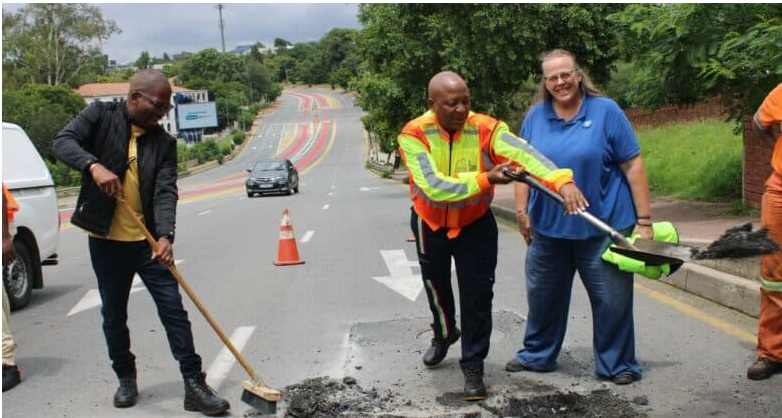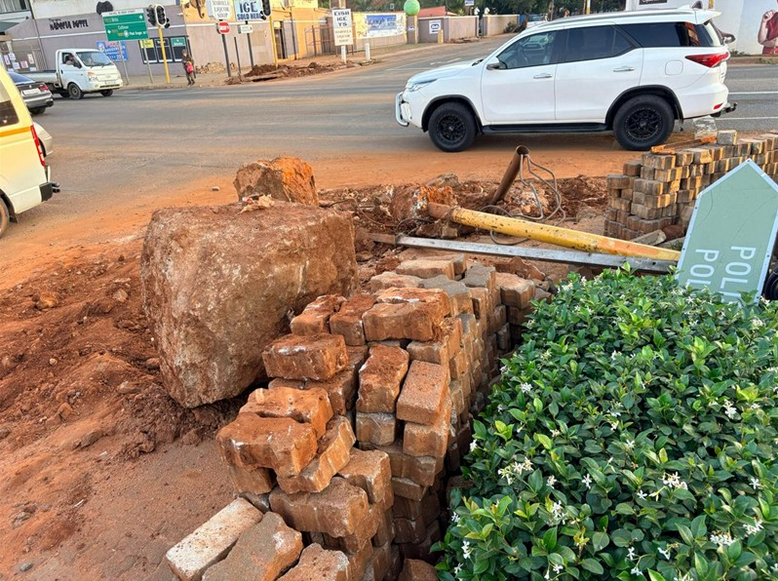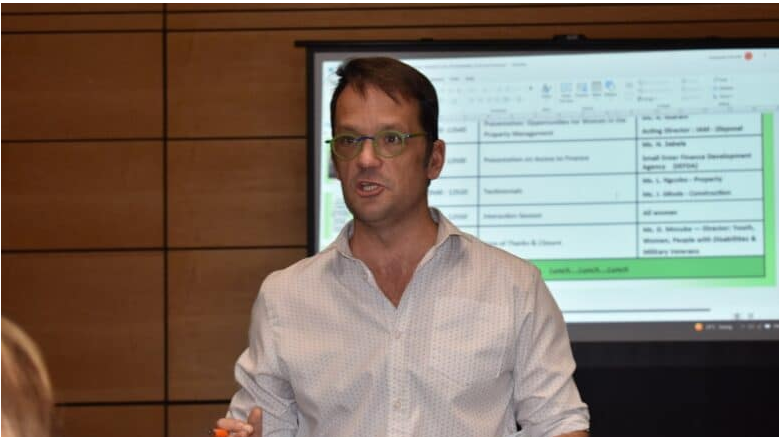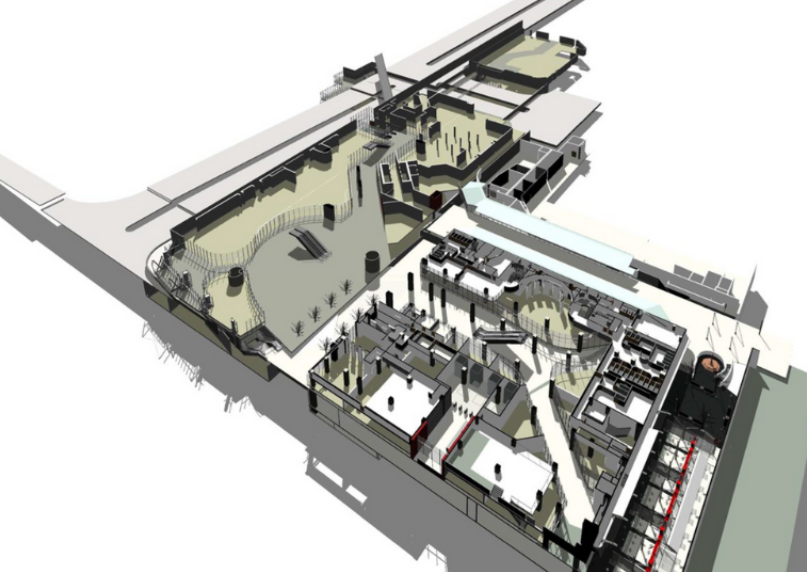Minister Macpherson Unveils Bold Recovery Plan for Stalled Construction Projects: MinMec Meeting Tackles Systemic Failures and Neglected State Buildings
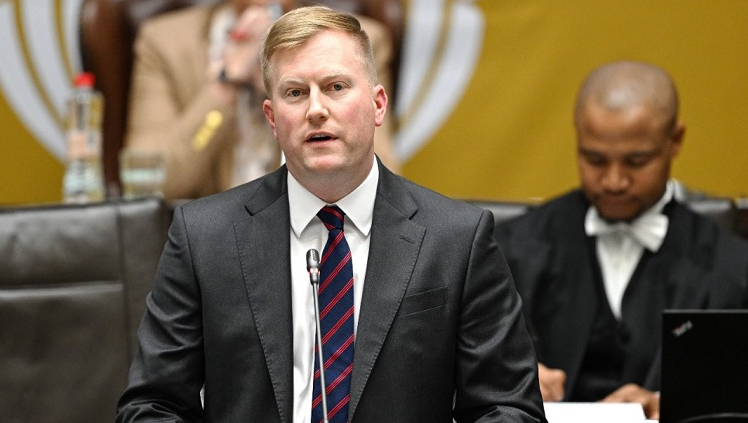
Advertising
30-10-2025
Read : 184 times
Central News
Source
Minister Macpherson Unveils Bold Recovery Plan for Stalled Construction Projects: MinMec Meeting Tackles Systemic Failures and Neglected State Buildings
- The MinMec Meeting: A Call to Action on Infrastructure Woes
- Key Elements of the Recovery Plan: Immediate Steps and Long-Term Goals
- Challenges Ahead: Overcoming Backlogs and Building Trust
In a key step to revive South Africa’s struggling public infrastructure, Public Works and Infrastructure Minister Dean Macpherson has shared the outcomes of a special MinMec meeting aimed at fixing underperforming construction projects and rundown government buildings. The gathering, held on Tuesday, 28 October 2025, brought together ministers and provincial executives to hammer out a recovery plan that promises to address deep-rooted problems holding back progress. During a media briefing in Cape Town on Wednesday, 29 October 2025, Macpherson outlined the strategy, stressing the need to get the basics right so communities can enjoy safe, working public spaces that drive economic growth.
The plan comes at a time when many projects across the country are delayed or abandoned, leaving schools, hospitals, and roads in poor shape. Macpherson, joined by Director-General Sifiso Mdakane and Deputy Director-General Batho Mokhothu for Construction Project Management, explained how the recovery efforts will focus on quick fixes, clear deadlines, and holding people accountable. This move is seen as a fresh start to boost job creation, improve service delivery, and rebuild trust in government infrastructure work.
With South Africa facing a backlog of unfinished projects worth billions, the MinMec outcomes offer hope for real change. The briefing highlighted how these failures have hurt everyday people, from unsafe buildings to wasted public money, and set out a path to turn things around.
The MinMec Meeting: A Call to Action on Infrastructure Woes
The special MinMec session on 28 October 2025 zeroed in on the big issues plaguing public works, like slow project delivery, poor maintenance of state assets, and a lack of coordination between national and provincial levels. Leaders from all provinces discussed how to tackle these head-on, leading to a shared recovery plan that puts people first.
Macpherson noted that systemic problems, such as supply chain delays, budget overruns, and weak oversight, have left many projects stuck for years. For example, some schools and clinics meant to serve rural areas remain half-built, while government offices fall into disrepair, costing taxpayers more in the long run. The meeting agreed on a framework to speed up completions, with a focus on high-impact areas like health and education facilities.
One key outcome is a push for better partnerships with private companies to bring in skills and funding. This could help restart stalled sites and prevent future hold-ups. The plan also calls for regular checks to ensure work stays on track, with reports shared publicly to build transparency.
Key Elements of the Recovery Plan: Immediate Steps and Long-Term Goals
The recovery plan lays out clear actions to get things moving. Immediate interventions include audits of all delayed projects to spot quick wins, like fixing supply issues or reallocating funds. Timelines are set for milestones, with some projects targeted for completion within six months to a year, depending on their size.
Accountability is a big focus—officials who fail to deliver could face consequences, while successful teams get recognition. Macpherson explained that the strategy will track progress through digital tools, making it easier to spot problems early. This ties into broader government goals, like the National Development Plan, to use infrastructure for job creation and growth.
For neglected buildings, the plan includes a maintenance drive to repair state-owned properties, from offices to heritage sites. This could save millions by preventing further damage and making spaces usable again. In provinces like KwaZulu-Natal and Gauteng, where urban decay is a big issue, targeted fixes aim to revive local economies.
The plan also links to economic recovery, as better infrastructure means more construction jobs—potentially thousands in the coming years. By focusing on local suppliers and skills training, it aims to empower communities and reduce inequality.
Challenges Ahead: Overcoming Backlogs and Building Trust
South Africa’s public works sector has long struggled with corruption scandals, like those in the past with tender rigging, leading to unfinished roads and schools. The MinMec plan addresses this by strengthening anti-corruption measures, such as stricter bidding rules and independent oversight.
Funding remains a hurdle, with budgets stretched thin amid economic slowdowns. Macpherson hinted at seeking extra resources from national treasury and private investors to keep momentum. Climate change adds another layer, with the need for resilient designs to handle floods and storms.
Public trust is key—many South Africans are tired of promises without action. The briefing stressed community involvement, like consulting locals on project needs, to ensure buy-in and better outcomes.
Recent News
Here are recent news articles from the Building and Construction Industry.
Have you signed up for your free copy yet?
